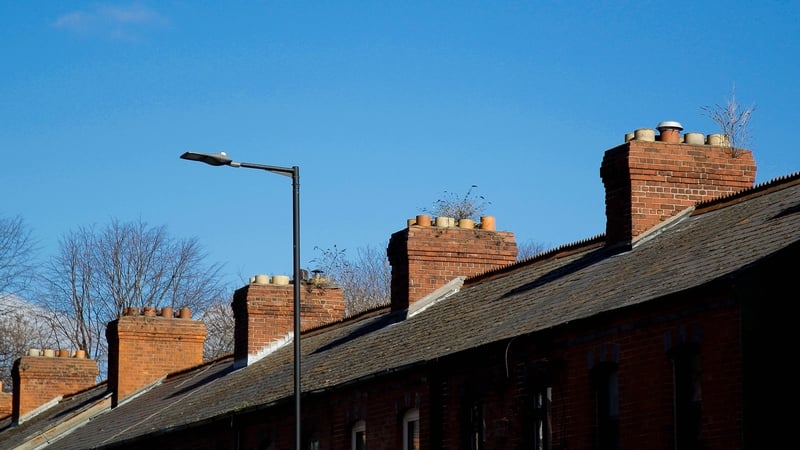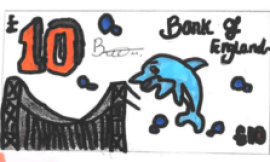The European Central Bank has cut interest rates for the seventh time in a year, looking to prop up an already struggling economy that will take a large hit from US tariffs.
The bank announced a cut of one quarter of a percentage point, which brings its benchmark deposit rate down from 2.5% to 2.25%.
But what does the rate cut mean for mortgage-holders in Ireland?
Will the cost of my mortgage fall?
If you’re one of the around 180,000 tracker mortgage customers in Ireland you’ll see an immediate benefit, as your loan rate tracks the main ECB lending rate.
Those on variable rates will also see a benefit, but not necessarily right away. It will depend on the terms of their loan. Some lenders will adjust variable rates monthly, others do it quarterly, and some will do so annually.
But when they do, this 25 basis-point cut will mean that for every €100,000 borrowed, monthly mortgage repayments will fall by roughly €13.
On a loan of €500,000 this equates to €65 a month, or €780 a year.
However, if you’re on a fixed rate with your mortgage, you won’t see any benefit from this latest cut.
And it’s worth bearing in mind that despite interest rates falling, people taking out mortgages in Ireland are paying an average of 3.79% compared to 3.33% in other countries using the euro – making Ireland the fifth most expensive country in the eurozone for mortgages.
What about savers?
Rate cuts are good news for borrowers but bad news for savers.
Interest rates being offered to savers in Ireland have been falling in recent times, with the best value for the most part being offered by online and financial-tech lenders.
The best rates with the pillar banks are hovering around 2% but have been coming down in line with ECB rate cuts.
This latest drop will mean even less of a return for Irish savers, who have around €160bn on deposit with banks.
Are ECB rates likely to keep falling?
This is the seventh cut in a row from the ECB.
Interest rates are the main instrument – albeit a blunt one – to control inflation for countries that use the euro.
The target is 2% and when inflation rises significantly above that, rates are increased, making borrowing more expensive, helping to lower inflation.
It’s the opposite when inflation drops, rates are lowered to boost activity.
Latest inflation figures for the eurozone show it’s falling, and so too have interest rates; this is the seventh cut in a row.
But we now have US tariffs in the mix, and although they haven’t really been a big factor yet they could end up impacting the eurozone.
The response of the European Central Bank to this potential threat will be interesting in terms of what the policy towards interest rates will be.
Even without the uncertainty brought about by US President Donald Trump’s tariffs, the ECB may have been coming towards the end of its current rate-cut cycle.




